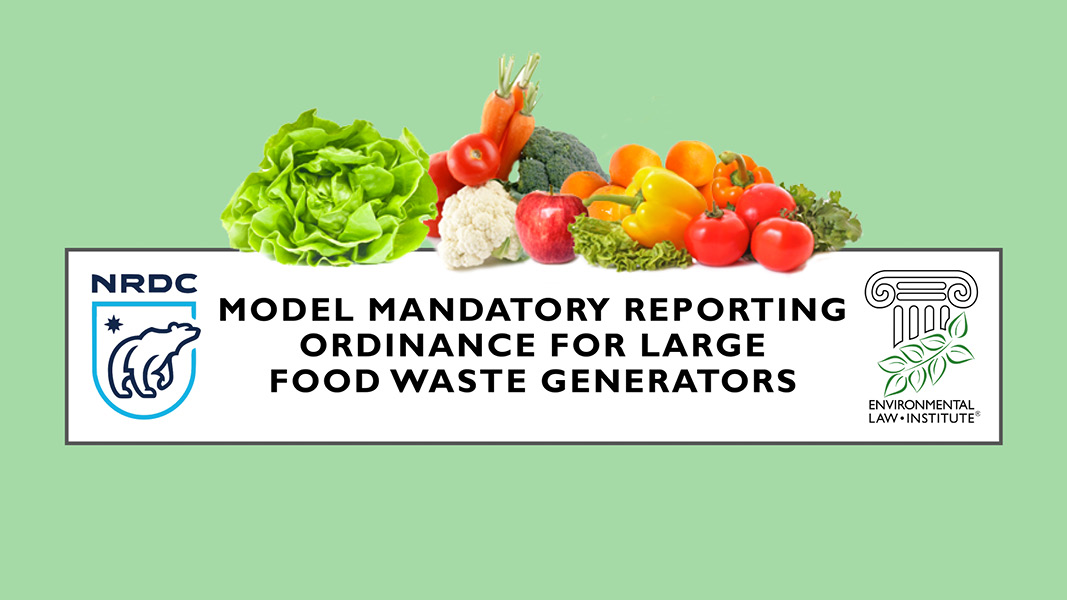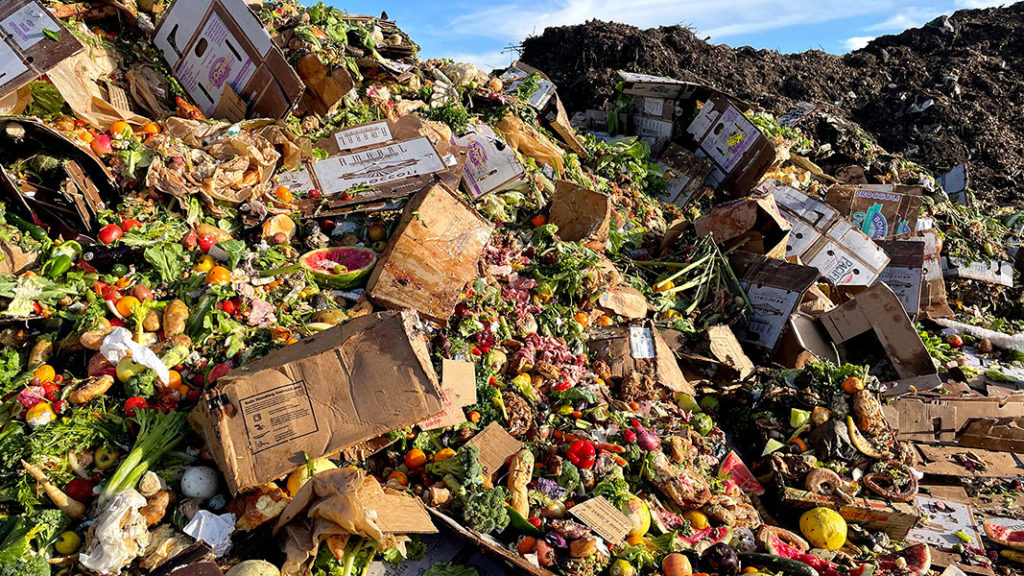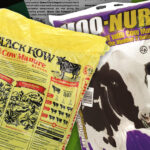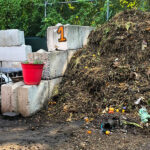A new model ordinance on mandatory reporting for large food waste generators, developed by the Environmental Law Institute (ELI) and NRDC, is designed to make it easier for municipalities around the country to collect data on food waste and surplus food generation, increase awareness of the problem of food waste, and ultimately lead to reductions of disposal of food waste in landfills and incinerators. Local governments are primarily responsible for collecting and managing waste and for permitting and regulating food service businesses, and may also be concerned with addressing food insecurity among residents and meeting climate and sustainability goals. Food waste and surplus food generation data can direct local government food waste reduction efforts to where they are likely to be most effective.
“This new model ordinance is an off-the-shelf, easily adaptable tool that can be used by municipalities to require large generators, including businesses, nonprofit organizations, and municipal governmental subunits, to measure and report on their food waste generation,” write Darby Hoover of NRDC and Linda Breggin of ELI in a recent blog. “Covered entities must include in their reports the types and amounts of surplus food donated, as well as the amount of food scraps recycled and the destination of the recycled scraps. The model applies to those that generate two tons or more per week because they are typically well equipped to measure their food waste and donate surplus food, as compared to smaller entities and households.”
The model provides clean, streamlined language that can be enacted as is by municipalities. It is based on extensive research on best practices from around the country. The footnoted version with commentaries and the background memorandum provide additional information, explain the benefits of key provisions and alternative approaches, and provide links to examples — “all of which are intended to help guide stakeholders and policymakers in tailoring the ordinance to the circumstances of their municipality,” note Hoover and Breggin. “For example, although the model ordinance focuses on food waste, municipalities could instead expand their reporting requirement to cover all organics, including compostable serviceware and yard waste. And while the model ordinance covers entities that generate a total annual average of two tons per week or more of food waste, municipalities may choose a higher or lower threshold, or opt for a phased-in approach that lowers the threshold over time.” An accompanying presentation is intended for use by local government officials or other stakeholders in explaining the model mandatory reporting ordinance to those who might be unfamiliar.














